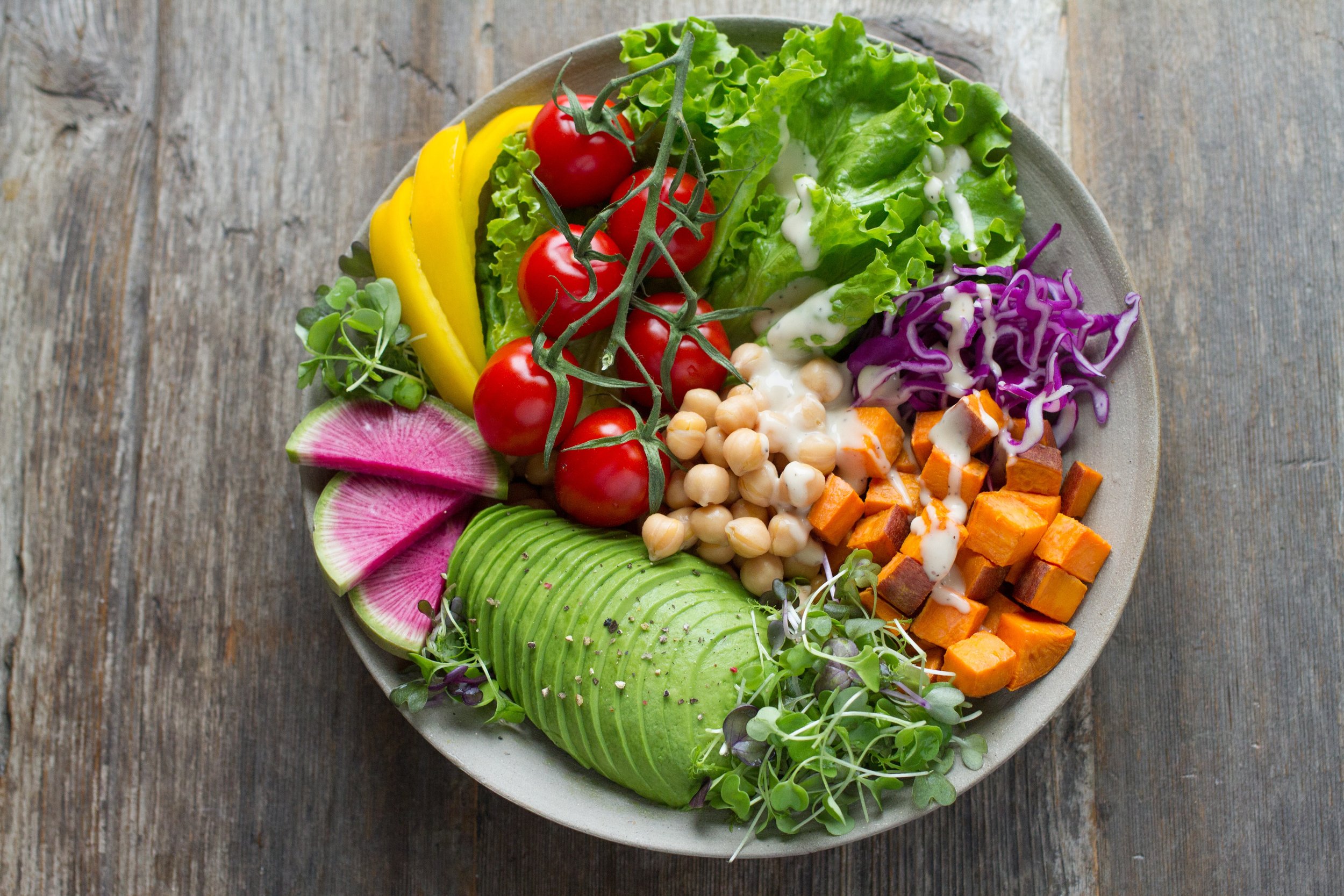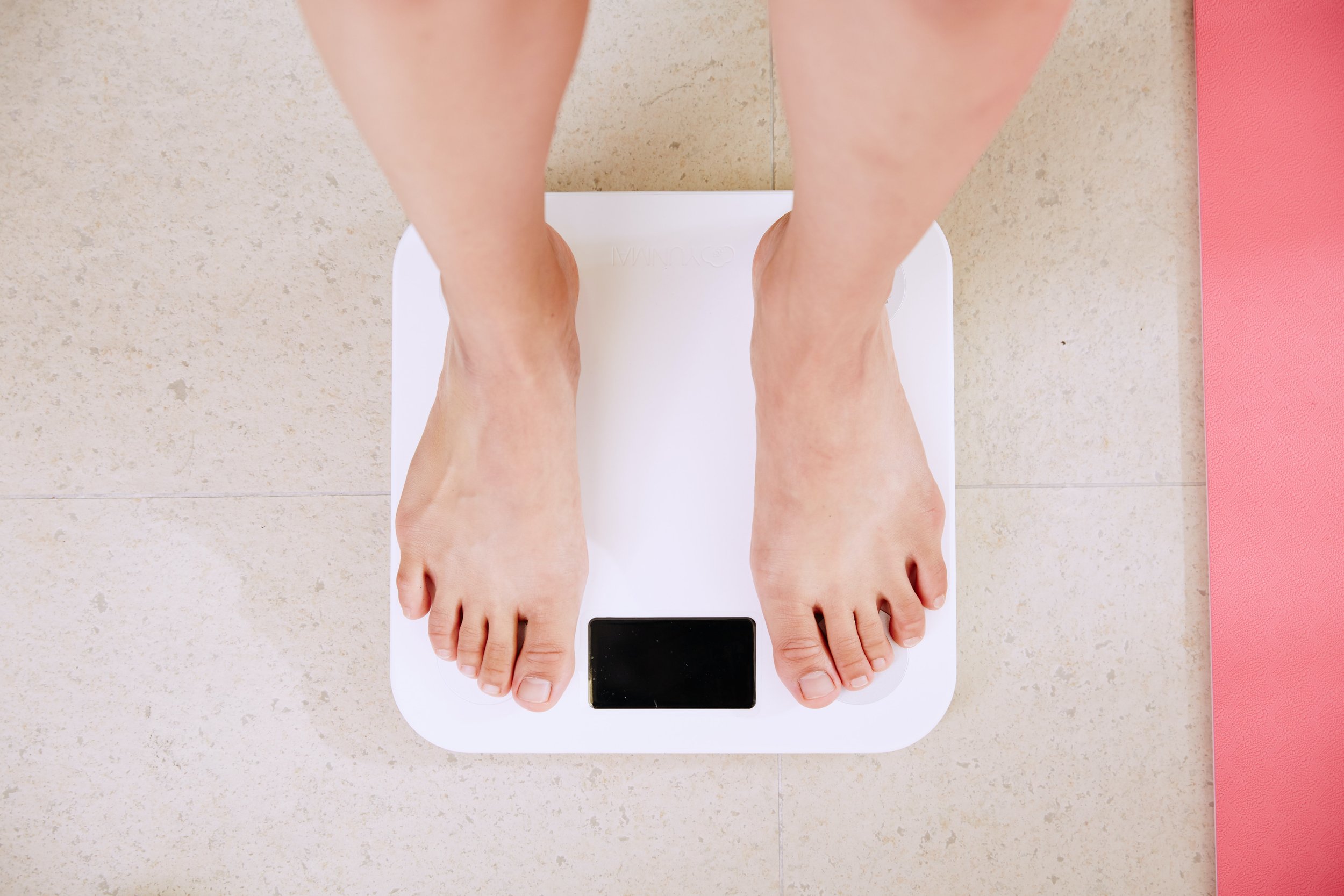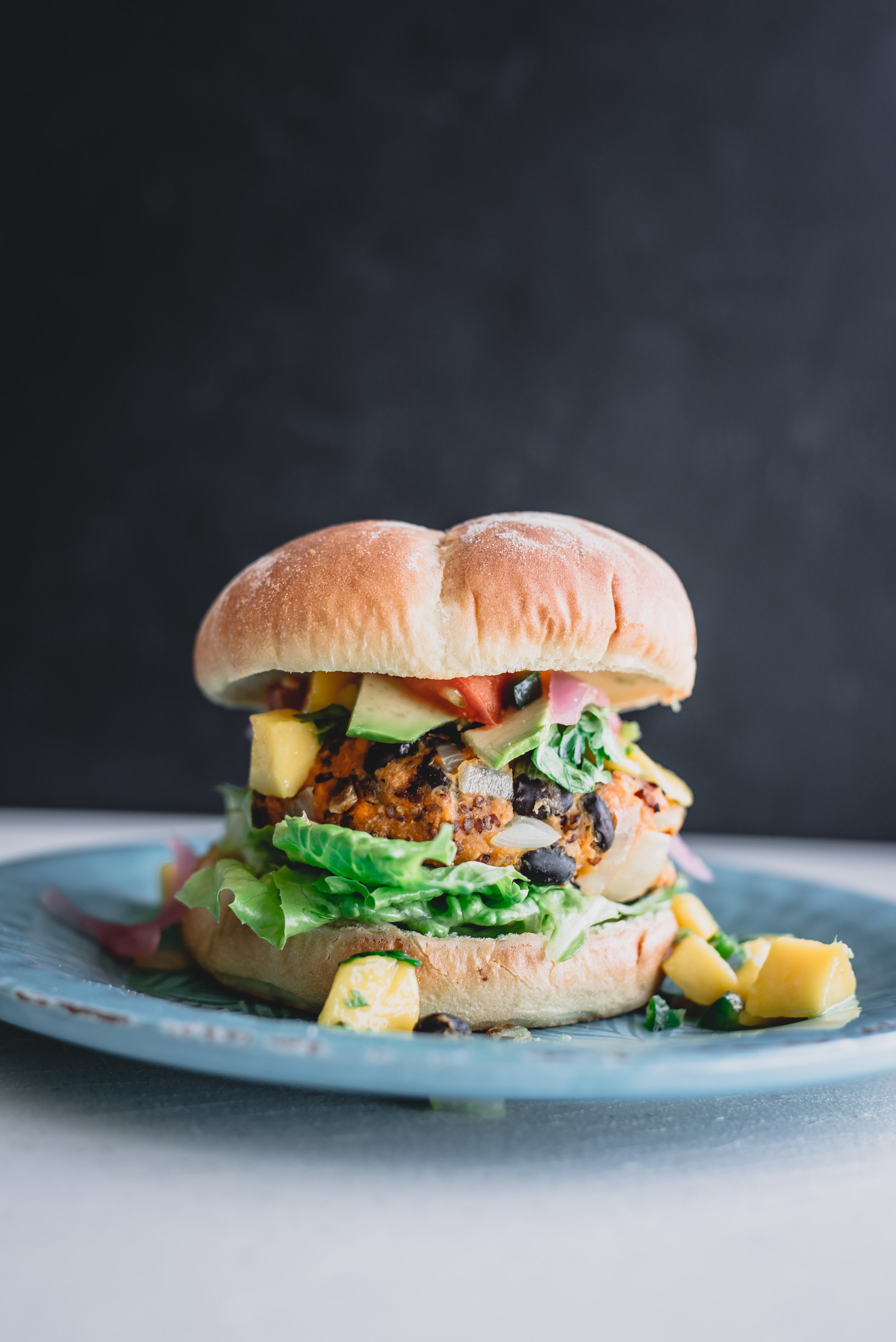Weight Loss for Endurance Athletes
Whether you are cycling, running, or swimming, It can be difficult to both lose weight and gain fitness at the same time. You are likely to do a poor job at both, so it is more effective to pick one. If your goal is to be faster, most endurance athletes will benefit more from focusing their attention on training and making healthy food choices than by focusing their attention on weight loss. However, if you are at a point in your season where it makes more sense to focus on weight loss, or if you need to lose weight due to health reasons, the following tips can help you lose weight without sacrificing performance.
1) Be Realistic About How Much You Should Weigh
Sports like cycling and running have long had ideal body shapes of very slender athletes. That is not realistic or necessary for most athletes, and weighing less might not make you faster. Many athletes who find themselves at their absolute lowest weight find they can actually perform better a few pounds heavier.
Masters athletes also need to accept that their body composition just might not be what it was when they were 25. This is especially challenging for women because fluctuations in hormones make it more difficult to lose weight and maintain muscle. It is still possible to perform well, but your expectations of body image may need to shift.
Focus on performance and how you feel over comparisons to others and your past self.
2) Plan Your Calorie Deficit Around Your Workouts
How much you eat is more significant for weight loss than how much you exercise. Aim for about 300 to 500 per day less than what you are burning. Plan this calorie deficit during times of day that are not close to your workout. You can estimate your calorie needs with online calculators and fitness devices, but realize these are estimates.
For example, if you workout in the morning, eat a carbohydrate rich meal or snack before your workout, fuel your workout with carbohydrates as needed based on duration and intensity, have a recovery meal or snack that includes both carbohydrate and protein, and then you can restrict calories later in the day.
Your calorie restriction should come in the form of excess fat and carbohydrates, as protein needs can actually increase. Reduce or eliminate your intake of added sugar and saturated fat, as these are high in calories, low in nutrition, and an easy place to reduce calories.
Focus your carbohydrate intake around fruits, vegetables, and beans during the periods of the day where you are restricting calories, and look for denser carbohydrate sources before and after your workouts such as whole grains, fruits, and starchy vegetables. Carbohydrates are still essential, so do not cut them out entirely.
Fat in foods helps make you feel full, but it can also make it easy to consume a lot of calories without realizing it. Limit your fat intake by reducing or eliminating animal products or selecting lean and low-fat options, and avoid added oils and anything fried. You do not need to seek out fat to add it to your diet. If you are eating whole foods to include vegetables, whole grans, and beans, you can meet your dietary fat needs through these foods.
Protein needs can increase for athletes who are restricting calories. Aim for 2.0 grams of protein per kilogram of body weight per day, spread evenly across your day. Focus on adding plant-based sources of protein to your day as these will be lower in saturated fat and calories, and rich in vitamins, minerals, and fiber when compared to animal sources. Good plant sources of protein include beans, whole grains, and soy products such as tofu, tempeh, and soy milk.
3) Don’t Diet During Your Workouts
Restricting calories during workouts in an attempt to lose weight can be detrimental on multiple accounts. If you aren’t properly fueling your workouts, you can’t train as hard. You end up doing less work, burning fewer calories, and having a less effective workout overall. Instead, if you properly fuel your workouts with carbohydrates, you can perform better, work harder, and burn more calories. Better workouts also result in better fitness gains from training.
Fasted workouts have become popular, but their effectiveness for weight loss is questionable. If you choose to do these, consider what exactly it is you are trying to accomplish. Riding or running in a fasted state will limit you to staying in an easy endurance zone, and it will likely make that easy zone feel harder. As a result, you might just end up with an easy workout that felt hard where a few carbs could have improved your workout performance, fitness gains, and ultimately your body composition.
Women, and especially masters athletes, need to be especially conscious of eating enough before, during, and after workouts. Women should avoid fasted workouts entirely. Female hormones react to fasting as a period of starvation, and work to reduce metabolism and save energy.
4) Make Sure You Are Eating Enough
If you have been restricting calories with no results, you may actually need to eat more and not less. When your body experiences very low calorie intake, it may think food is scarce and go into what is essentially an energy saver mode. This can be especially challenging for women who are more sensitive to restrictions in calorie intake, as mentioned in the previous section. Keeping a food journal for a few days can be a useful exercise to get a better picture of how much you are actually eating and if that is appropriate. You can estimate your calorie needs with online calculators and fitness devices, but realize these are estimates.
5) Create an Environment that Makes it Easier for you to Stick to Your Goals
Will power is not a strategy for weight loss. You have a limited amount of it, and by the end of a long day, its probably running low and those Oreos are a lot more difficult to resist. Those Oreos are also going to be a lot more difficult to resist if your didn’t follow the tips above about properly fueling your workout. You already have enough stress in your life, so don’t add to it by making things harder for yourself when it comes to food.
Habits can be difficult to break, so make healthier choices the easy option. Embrace your lazy side use its powers for good. Have foods like fresh fruit, dried fruit, nuts, nut butter, popcorn, hummus, sliced veggies, and whole wheat tortillas, bread, or crackers on hand to grab as a quick snack and leave the Oreos and soda on the shelf at the supermarket. If you can’t eat potato chips without eating half the bag, don’t buy those either. If your family insists on having foods that you are trying to avoid, store them out of sight or in a place you don’t need to access.
Identify situations that make it difficult to stick to your healthy eating goals and either avoid these or make a plan in advance. This can be as simple as not walking past the donuts in the break room at work or skipping the cookie isle in the grocery store. If you are going to a gathering, decide what you will and will not eat in advance, and make a plan for how you will do this.
Some friends or family members may not support your eating changes. People can react in this way for many reasons, including the fear of losing these shared food experiences. We tend to tie experiences to specific foods, when in reality, it is the experience of being together that is important. Most of the time, people will change their reaction when they realize that 1) you are committed to this lifestyle change because it is important to your health, and 2) your decision to order a side salad instead of French fries is not going to affect your relationship. If they don’t change their reaction, you might need to avoid eating together.
6) Focus on Health over Weight Loss
Dieting is not sustainable, but healthy lifestyle changes can be. What is sustainable is different for different people. Rather than focusing on eating less, think about what you can add to your day for nutrition and longterm health benefits.
Again, make vegetables, fruits, whole grains, and beans a core part of what you eat each day and your go-to source for snacks and meals. Reduce your intake of added sugar and saturated fat. Added sugar hides in many foods, and foods high in saturated fat are both high in calories and can contribute to heart disease.
You don’t need to make huge changes all at once. You can start by picking one or two things to swap out for healthier choices. However, some people do better with an all or nothing approach. So consider what works better for you.
I love Dr. Gregers Daily Dozen for a simple checklist of healthy foods to eat each day. Keep in mind that as an athlete, you need to be eating more than what is on this list—don’t eat only what is on the list.
7) Be Kind to Yourself
We tend to be much harder on ourselves than we are on others—you would probably never talk to a friend the way you talk to yourself. Remember that weight loss is not easy, and pounds on the scale are not as important of a goal as your overall health and fitness. If you focus your attention on health and fitness, pounds on the scale should follow. And if they don’t, and you are healthy, does it even matter?


